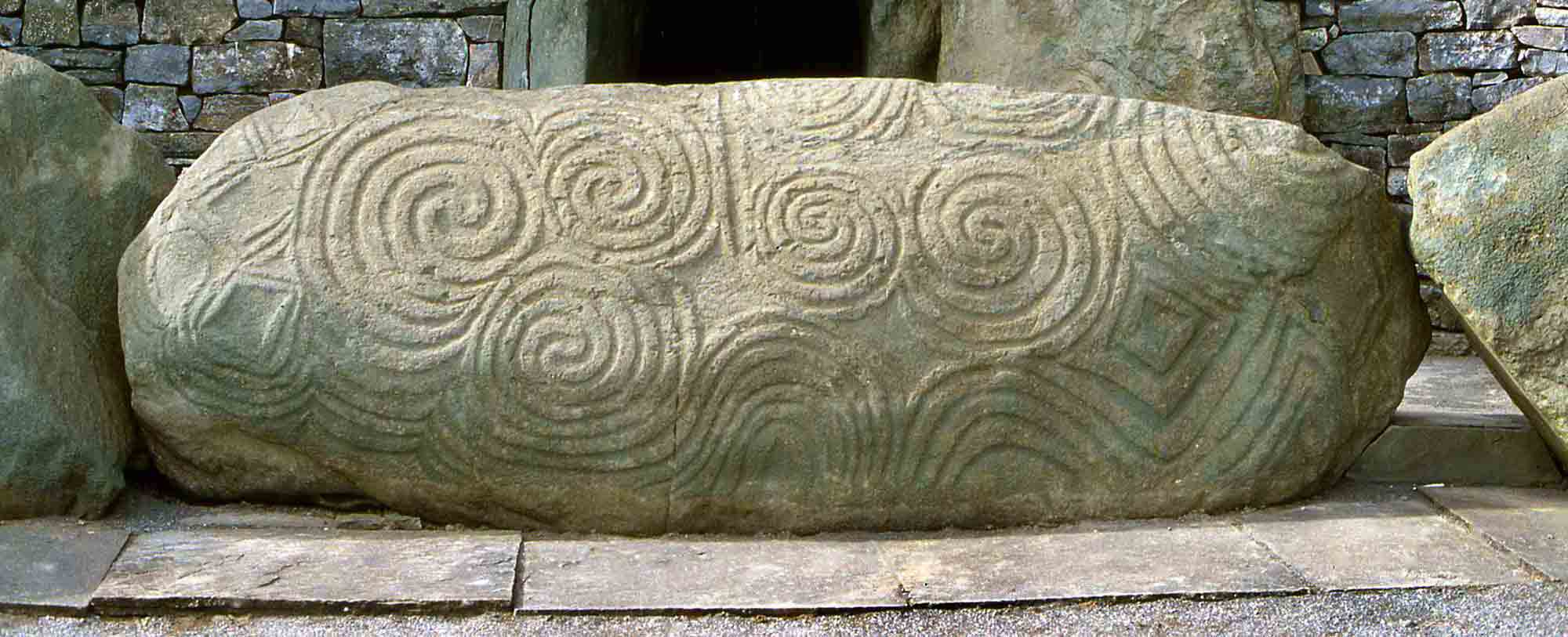
Population Genomics and Irish Prehistory
Until recently the human genetic past has largely been inferred from models based on geographical patterns of modern-day genetic variation. However, with the advent of powerful next generation sequencing technologies ancient patterns of genetic variation can now be directly observed through the use of archaeological samples. This new field of paleogenomics allows us to map changes in human genetic variation not only through space but through time, giving us a much richer picture of human genetic history. This approach has so far been used to glean insight into major prehistoric events, such as the peopling of the Americas and the Neolithic transition in Europe. An understanding of ancient genomic variation in Ireland has much to offer the emerging field. As an island on the fringe of Western Europe, Ireland's insular and extreme location makes it a compelling case study for how a population's genomic architecture can change over time. The sequencing of ancient Irish genomes will provide completely novel information about the peopling, migrations, selection pressures and population structure of Ireland's prehistory and will also contribute greatly to the emerging narrative of European genetic prehistory.
Areas of Research
Our group is is working to create a dense temporal catalogue of Irish genetic variation across 10,000 years of the island's habitation. Within this there are several major streams of inquiry:
1. Natural Selection and Disease: Leveraging the unique case study that Ireland presents, as an isolated island with long-term demographic continuity, to study the genomic architecture of mutational load, disease and selective forces.
2. Demography: Characterising prehistoric and Medieval demography in Ireland, Britain and further afield using haplotype-based approaches to provide fine-scale resolution. This includes defining the geographic and cultural forces that have encouraged the build up and break down of genetic structure across Ireland and Europe through time.
3. Social Organisation: Ancient genomes also provide evidence of kinship and descent systems in the absence of written records. They can inform on social stratification, inequality and elite mobility, allowing us to reconstruct the social structure of past societies.
4. Microbiome and Pathogen Evolution: Alongside human genomes we are also carrying out a large survey ancient microbiomes, documenting shifts associated with dietary transitions and host-pathogen co-evolution.